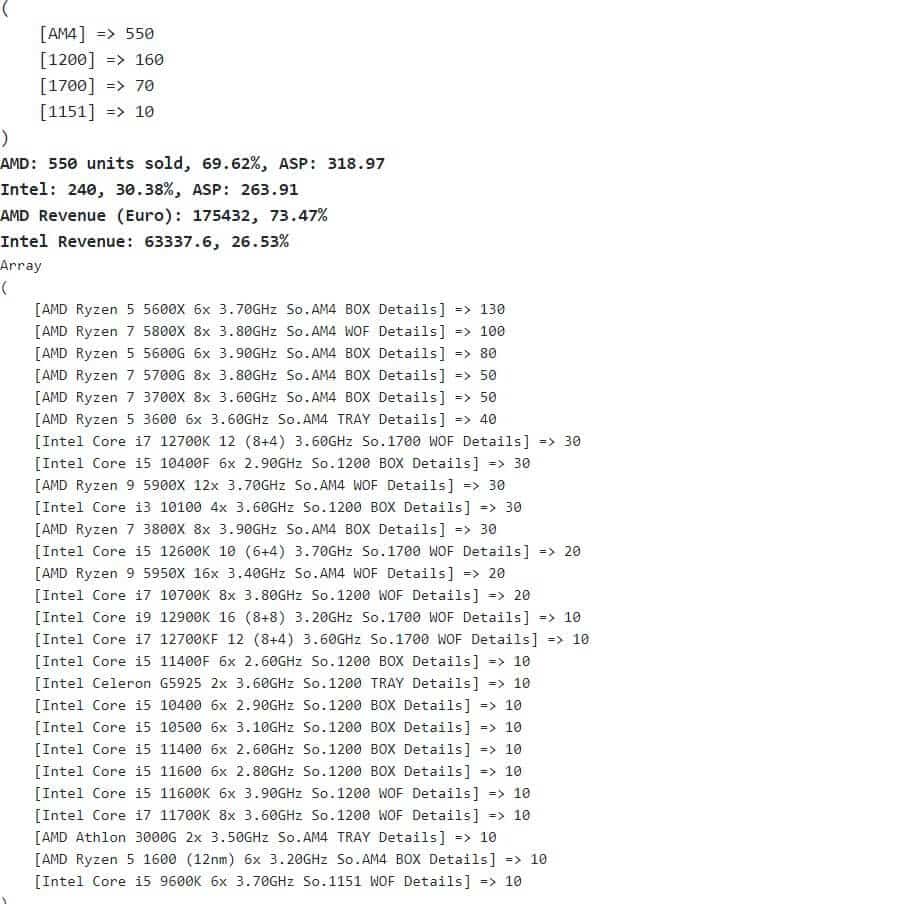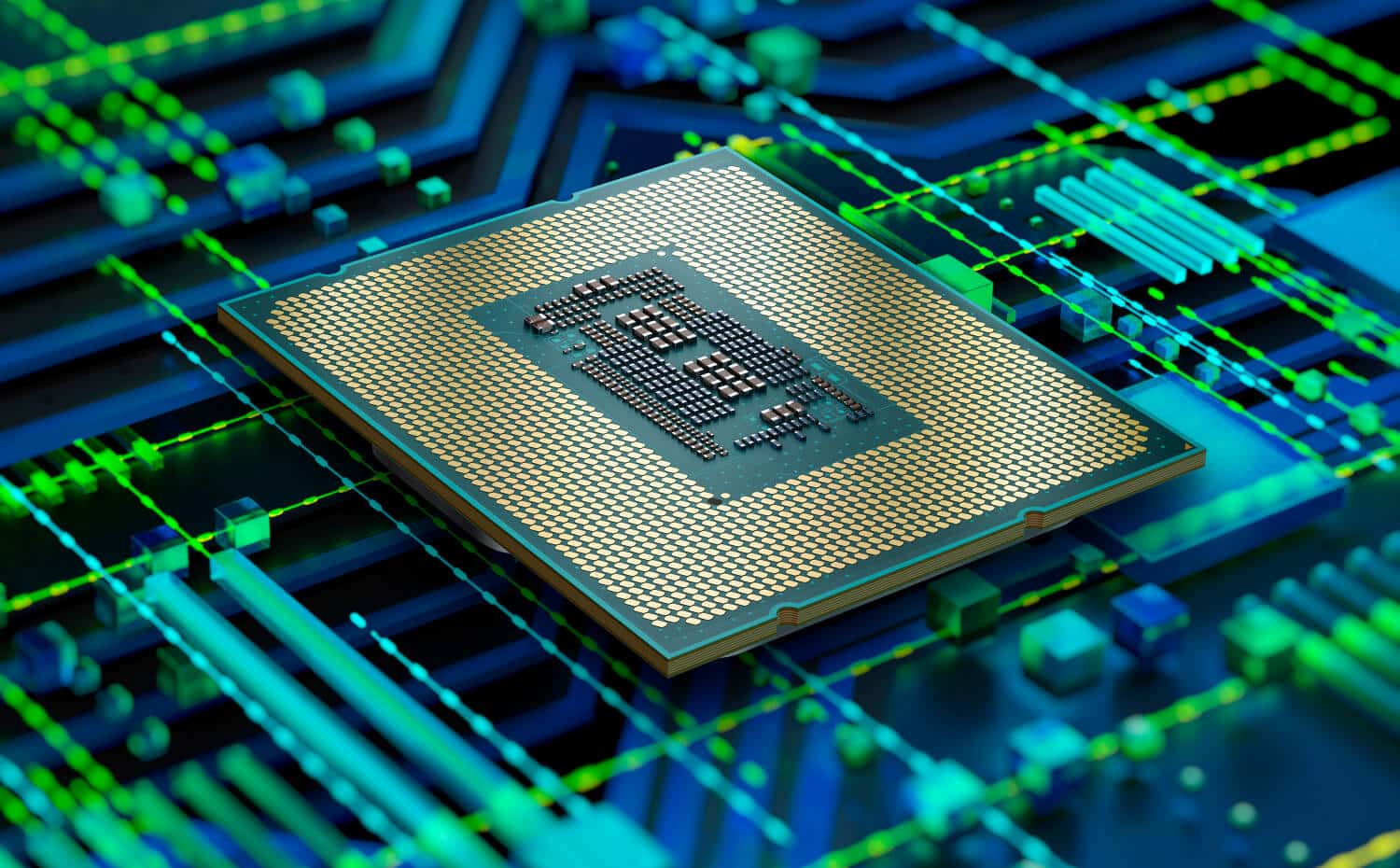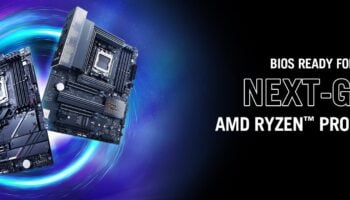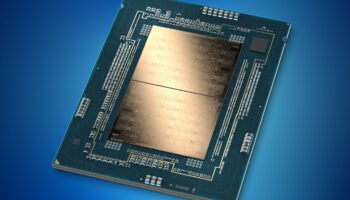Intel launched its Alder Lake-S processors for the DIY crowd earlier this month in the form of the Core i5-12600K, Core i7-12700K, and Core i9-12900K. Although the hybrid core processors manage to beat the rival Ryzen 5000 chips in gaming workloads (and perform on par in multi-threaded workloads), gamers don’t seem to be convinced. According to the Mindfactory CPU sales figures (post-Alder Lake launch), AMD is still leading with the bulk of the units sold:

Out of the 790 CPUs sold on the said day, 550 or 69% were AMD CPUs, most notably the Ryzen 5 5600X, Ryzen 7 5800X, and the 5600G. Out of the remaining 30%, 160 were Intel Rocket Lake SKUs while only 70 were from the newly launched Alder Lake family. It’s unclear why Intel’s new processors are selling poorly, but it could have to do with supply. It’s worth noting that the 12th Gen lineup has still not been launched in South Asian markets like India, Pakistan, and neighboring countries.
In addition to this, Alder Lake requires users to buy a new motherboard, and in most cases new memory kits as well. DDR5 kits are still quite pricey and don’t provide much of a performance boost. Furthermore, the Z690 motherboards are also priced on the higher-end. When you pair that with a Core i9-12900K, you’re looking at an overall bill of over $1,000. As for the Core i5-12600K which is the most appealing SKU, many will just wait for the budget H series chipsets to keep costs down, and get a better value for their money.
As for the Ryzen 5000 parts, anyone with a B450 or X470 board can upgrade without spending on another other than the CPU. It’s for the reason why Zen 3D (Ryzen 5000 XT/6000) will be an appealing upgrade for many users, although only the 500 series boards are likely going to be supported.
The Steam hardware survey from October excludes the Alder Lake sales. The figures indicate consistent performance from AMD’s Ryzen CPUs, growing by nearly 1% in October. This is less than a quarter of the gain compared to the previous month. Both the Windows and Linux figures show a positive trend for AMD. It’ll be interesting to see if Team Red can keep up the momentum in November and December as the Alder Lake shipments continue in full swing.
On the GPU side, things are more or less the same. Nothing has changed, with the GeForce GTX 16 series parts continuing to be the most popular graphics cards. The GeForce GTX 3060 Ti was the most popular Ampere part, followed by the RTX 3050, 3050 Ti, and 3060 mobile variants. For AMD, the Radeon RX 6700 XT was the most popular RDNA GPU which falls in line with what we’ve seen across various retailers.
Mindfactory sales (for a single day) show some interesting trends. AMD’s RDNA 2 flagship was the most sold part, followed by the RTX 3070. This strangely coincides with what our previous report on GPU availability showed. Overall, AMD Radeon RX 6000 GPUs accounted for 52% of the overall units sold, while the remaining 47% share was split between the RTX 3070, 3080 Ti, and some older Pascal SKUs.






